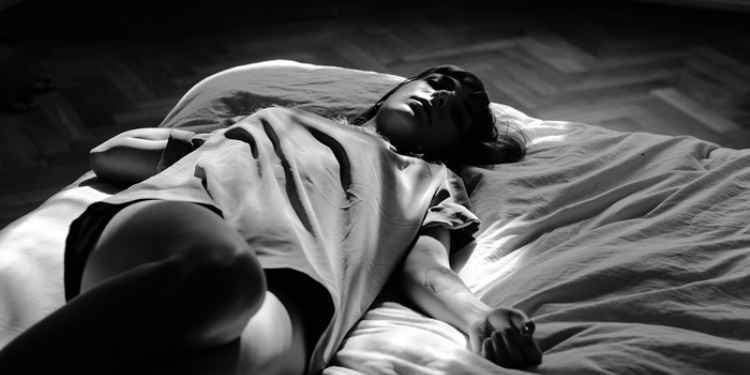
Photo: pixabay.com

Photo: pixabay.com
Parasomnia is a term used to describe a group of sleep disorders that involve unusual movements, behaviours, emotions, perceptions, and dreams. These occurrences happen while you're falling asleep, during sleep, or waking up. Many people report ghostly sightings, strange noises, or sensations of being touched during the night. These experiences can often be explained by parasomnia.
Parasomnia includes conditions like sleepwalking, night terrors, sleep paralysis, and acting out vivid, sometimes violent dreams. During these episodes, a person might talk, walk, or perform other complex behaviours while not fully awake. For those investigating the paranormal, it's easy to see how parasomnia can be mistaken for ghostly encounters.
Sleepwalking
Perhaps the best known type of parasomnia is sleepwalking, where a person gets up and walks around while still asleep. They may appear to be in a trance-like state, moving through the house without reacting to their surroundings, often with no memory of the event. It usually occurs during the deep stages of non-REM (rapid eye movement) sleep, typically in the first few hours after falling asleep. The person may sit up in bed, walk around, perform routine activities, or even leave the house, which can of course result in injuries as a result of tripping or bumping into objects. Sleepwalking can lead to reports of unexplained movements or objects being displaced. A sleepwalker might move items, open doors, or rearrange furniture, leaving the person bewildered upon waking and leading them to believe a ghost is responsible.
A similar but more extreme type of parasomnia, REM Sleep Behaviour Disorder (RBD), involves sufferers acting out vivid dreams. Unlike sleepwalking, these actions are typically more complex and often violent. It may involve kicking, punching, shouting, or jumping out of bed in response to something in the dream. Witnesses and sufferers might interpret these actions as possession or the influence of a spirit.
Night Terrors
Night terrors are episodes of intense fear lasting from a few seconds to a few minutes, usually occurring in the first few hours of sleep. They are more common in children but can affect adults as well. The person may suddenly sit up, scream, shout, thrash about, and show signs of extreme fear, such as sweating and a rapid heartbeat. The person usually does not fully wake up and often has no recollection of the event. Night terrors are sometimes linked to hauntings, with experiencers attributing the episodes to demonic attacks or encounters with malevolent spirits, especially if the person experiencing the night terror cannot recall the event or provide an explanation.
Advertisement ‐ Content Continues Below.
Sleep Paralysis
Sleep paralysis is a temporary inability to move or speak while falling asleep or waking up, often accompanied by vivid, sometimes terrifying, hallucinations. It involves a feeling of being awake but unable to move, often with a sensation of pressure on the chest.
The hallucinations experienced in sleep paralysis often include shadowy figures, and episodes may also include the feeling of an oppressive presence or the sensation of being held down. These experiences are commonly reported as encounters with ghosts, demons, or alien abductions. The inability to move and the sense of terror amplify the belief in a paranormal explanation.
Hallucinations
Some people experience vivid and often frightening visual, auditory, or tactile hallucinations that occur at the transition between wakefulness and sleep. Those that occur when a person is falling asleep are called hypnagogic hallucinations, while those that occur while waking up are hypnopompic hallucinations.
Sleep hallucinations can involve seeing ghostly figures, hearing disembodied voices, or feeling a presence in the room. These experiences are frequently reported as encounters with spirits, especially if they occur upon waking or falling asleep, when the brain is transitioning between sleep and wakefulness.
Exploding Head Syndrome
This is a potentially scary phenomenon that occurs while falling asleep or waking up and involves a person hearing a sudden, loud, imagined noise such as a bang or crash that is not real, or experiencing a sense of explosion in their head. These noises can be mistaken for paranormal phenomena such as ghostly bangs, crashes, or poltergeist activity.
Other Parasomnias
Less commonly linked to hauntings but still falling under the parasomnia umbrella are confusional arousal - when a person is partially awakened from deep sleep and appears confused or disoriented, sleep talking, bedwetting, and Sleep-Related Eating Disorder (SRED) which involves episodes of eating during sleep, often with little or no memory of the event.
Diagnosing parasomnias in a paranormal context can be difficult because the possibility of paranormal influences cannot be entirely ruled out for those who believe in such phenomena. How can we know that a possession did not cause someone to sleepwalk on this occasion? Or that an angry spirit did not cause someone to experience a night terror?
It might help to use cameras, audio recorders, and motion detectors to capture any unusual activity in the person's sleeping area. This helps differentiate between self-induced movements and external disturbances. Also, check for environmental factors that could contribute to parasomnias, like noisy neighbours, pets, or changes in the sleep environment that could cause stress or discomfort.
However, it might require a sleep specialist or psychologist to accurately determine the cause of the parasomnia. Sleep studies can monitor brain activity, breathing, and movements during sleep to help diagnose specific disorders.
While it is challenging to definitively prove or disprove the influence of the paranormal on parasomnias, a methodical approach can help differentiate between natural and supernatural explanations. By recognising the signs and symptoms of these sleep disorders, investigators will not only be better placed to debunk potential false positives but will also be more able to assist those experiencing these disturbing events in seeking appropriate medical advice and treatment.
More Essential Parapsychology
See All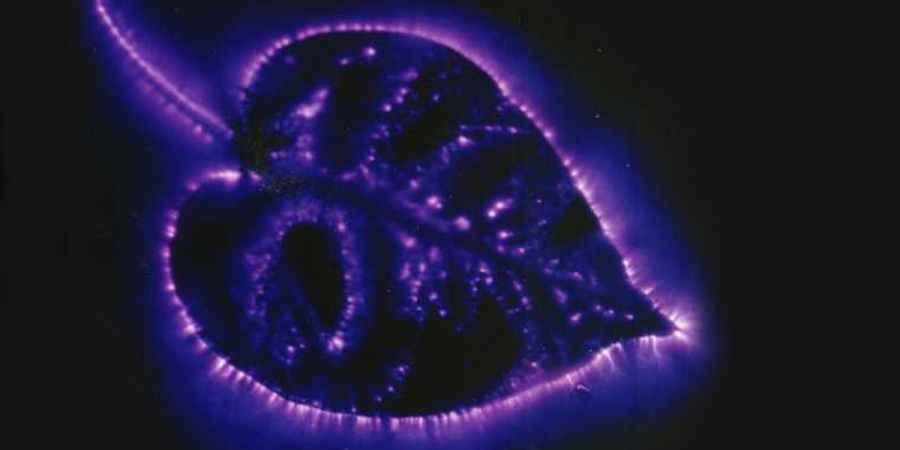
ArrayOctober 11, 2024
The Reality Behind Kirlian Photography’s Glowing Auras
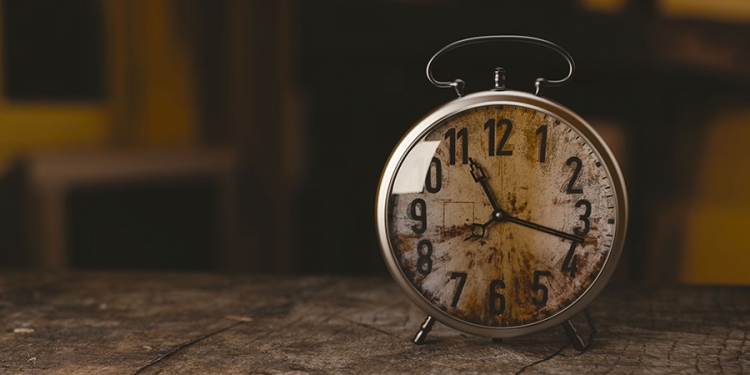
ArrayOctober 07, 2024
Could Retroactive Psychokinesis Allow Us To Influence The Past?
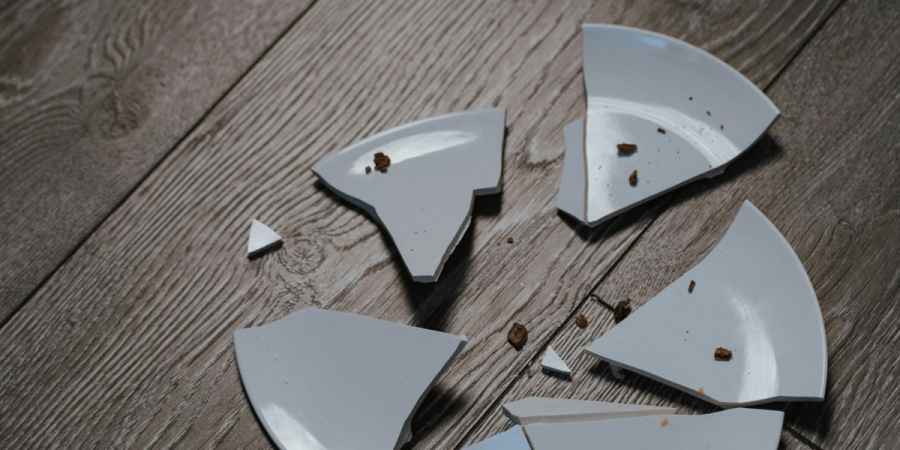
ArrayOctober 05, 2024
What Spontaneous Cases Are & Why Parapsychologists Research Them
Learn With Higgypop
Hosted by Paralearning in association with Higgypop, these courses on ghost hunting, paranormal investigations, and occult practices draw on the experience of our team of paranormal writers.

Diploma In Advanced Scientific Theory For Paranormal Investigators
This course gives you practical and useful knowledge of ghost hunting and paranormal research, which is invaluable when conducting your own paranormal investigations or as part of a group event.
View Course
Diploma In Modern Demonology For Paranormal Investigators
This course gives you practical and useful knowledge of ghost hunting and paranormal research, which is invaluable when conducting your own paranormal investigations or as part of a group event.
View CourseMore Like This
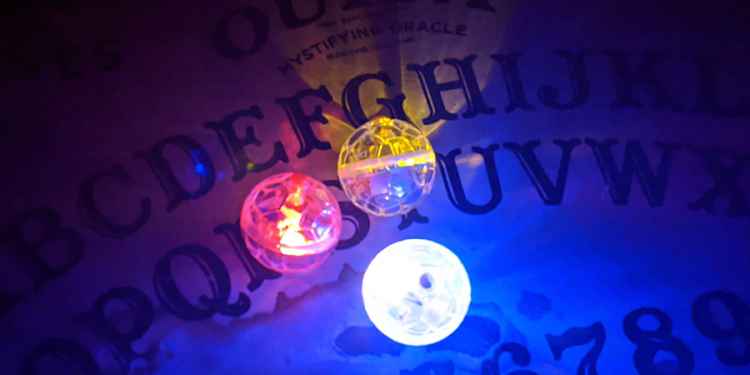
Ghost HuntingJanuary 26, 2025
These Are The Ghost Hunting Gadgets You Should Avoid If You Want To Be Taken Seriously As An Investigator
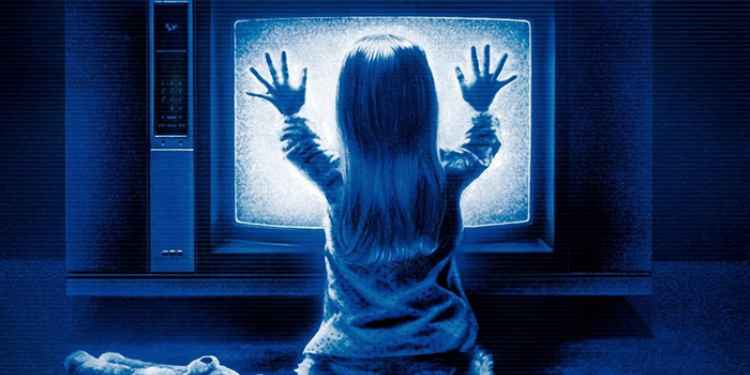
GamesDecember 09, 2024
Poltergeist Quiz
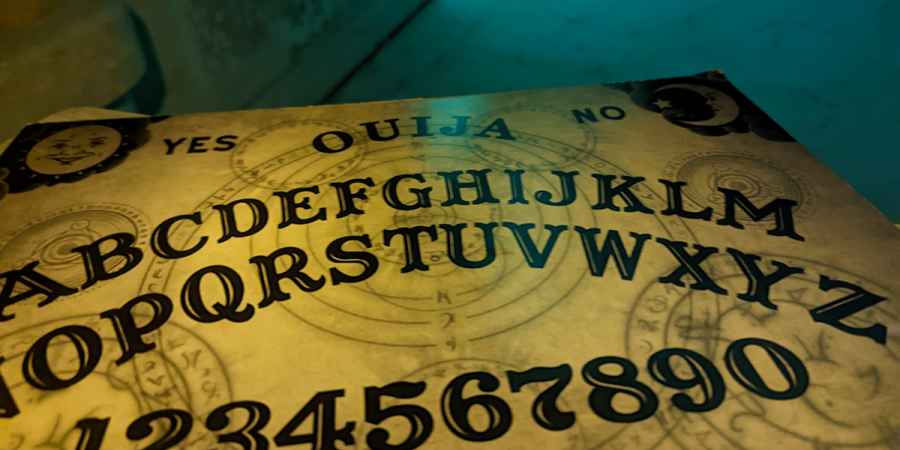
GamesDecember 08, 2024
Ouija Board Trivia Challenge
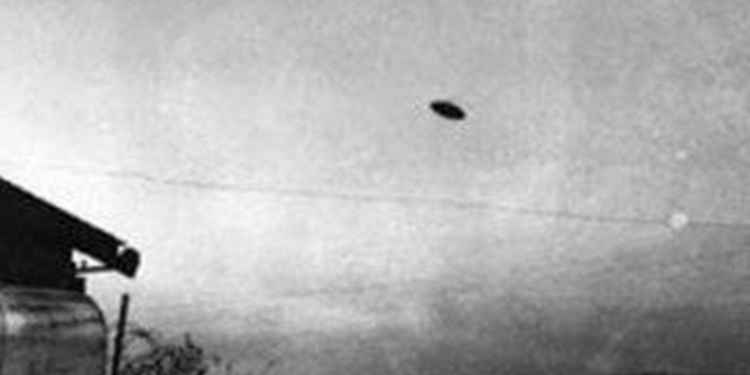
GamesDecember 04, 2024
Fakes, Hoaxes & Debunked Paranormal Claims Quiz
 See More on Audible
See More on Audible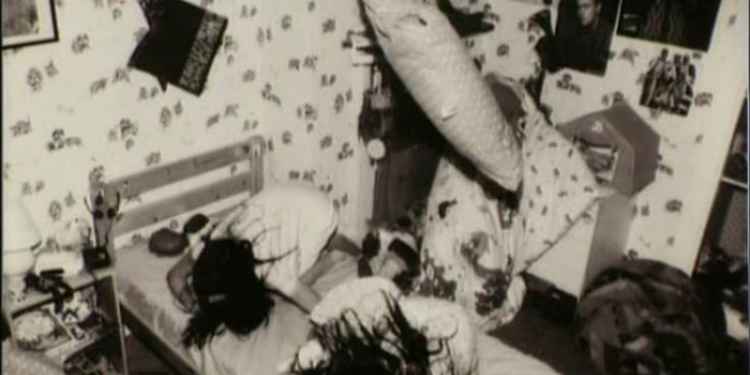

Comments
Want To Join The Conversation?
Sign in or create an account to leave a comment.
Sign In
Create Account
Account Settings
Be the first to comment.